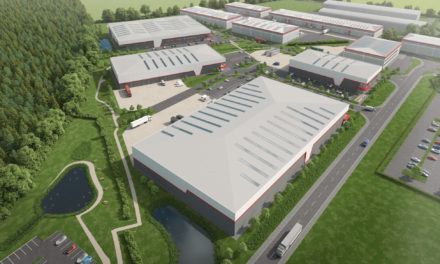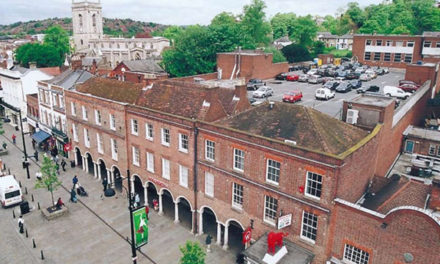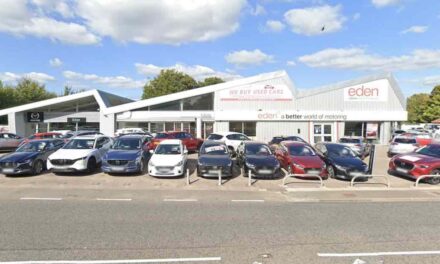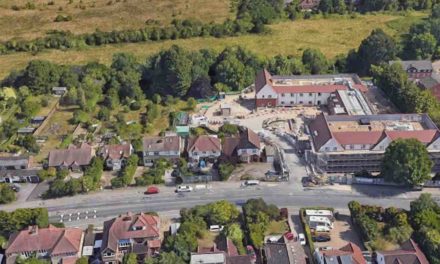 The advent of the internet and now Covid-19 have made Slough Trading Estate (STE) one of the most important locations in the world to support connectivity. James Craddock, Thames Valley business unit director at STE owner SEGRO, discusses Slough’s role in the future of data centres.
The advent of the internet and now Covid-19 have made Slough Trading Estate (STE) one of the most important locations in the world to support connectivity. James Craddock, Thames Valley business unit director at STE owner SEGRO, discusses Slough’s role in the future of data centres.
According to the World Economic Forum, at the beginning of 2020 the number of bytes in the digital universe was 40 times more than the number of stars in the observable universe.
Each of those bytes will have been processed in a data centre. Since then, the Covid pandemic has caused a massive shift in our work and lifestyles, resulting in an even bigger demand for well-located data centres.
You may be surprised to know that, not only is Slough Trading Estate home to more than 350 businesses and 10,000 workers. It also happens to be one of the largest data centre clusters in the world.
Over the past decade, we have worked to deliver around two million square feet of data storage space in what is a prime location on the edge of London – and on the high-speed fibre line connecting into the City of London.
Location is one of the most important factors to consider when building a data centre, and there aren’t that many places which have the required attributes.
It goes without saying that high-performance connectivity is critical, but there are also several other factors which come in to play. Being located close to customers has its advantages, as does being near a highly-skilled workforce, as employees are needed to perform regular maintenance and upgrades to servers. Even things like the likelihood of natural disasters are considered when choosing a data centre location.
Slough Trading Estate benefits from being a Simplified Planning Zone, which gives us flexibility to develop space within set parameters. This has been crucial in enabling us to respond quickly to the rapid rise in demand for data centres and deliver the type of space formats modern occupiers need.
Elsewhere, it will be interesting to see if proposed planning reforms lead to a more flexible policy approach to accelerate the delivery of data centres to meet local and national need.
With limited supply of suitable data centre locations, the industry will have to seek new ideas and solutions in order maximise land use. This is likely to be in the form of multi-storey data centres in key locations as operators recognise that space is at a premium, and developers seek to intensify land use where the fibre infrastructure is in place and power is available.
It is also likely that data centres will begin to form part of mixed-use schemes alongside residential and retail units, given that they create little noise or disturbance and are generally considered a good neighbour.
One thing that is certain, is the need for data centres in the Thames Valley is only going to increase.
© Thames Tap No 227 (powered by ukpropertyforums.com).
Please rate this article out of five stars below. You can comment too, using the form at the bottom of the page.













